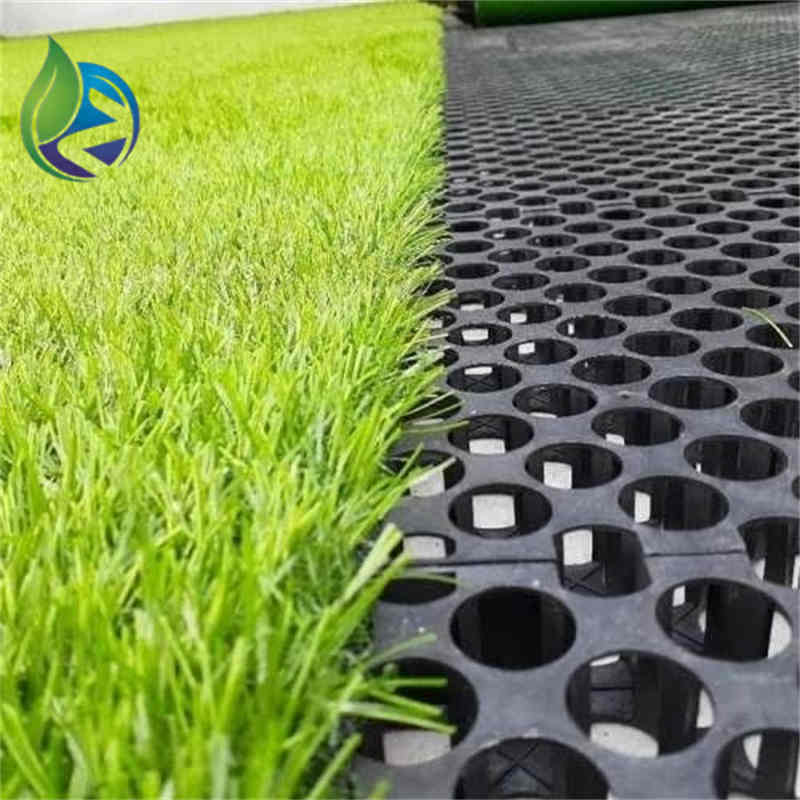Plastic Drainage Cell, A Efficient Drainage New Material
Plastic Drainage Cell: An Efficient Drainage New Material
In modern construction and landscaping projects, effective drainage is essential to ensure the longevity and stability of structures. Among the latest innovations, plastic drainage cell systems have emerged as an efficient drainage new material that is revolutionizing water management in urban and rural settings. In this article, we explore why plastic drainage cell is becoming a vital component in sustainable construction and landscaping, its benefits, applications, and installation procedures.
What is a Plastic Drainage Cell?
A plastic drainage cell is a lightweight, high-strength modular panel made from polypropylene (PP) or recycled plastics. Its three-dimensional structure creates a void space for rapid drainage of excess water while providing high compressive strength to support loads from soil, concrete, or vegetation layers.
Designed to mimic natural water pathways, plastic drainage cell promotes healthy root systems, prevents waterlogging, and protects structural foundations. As a new and efficient drainage material, the plastic drainage cell is essential for green roofs, podium landscapes, retaining walls, and sports fields.
Advantages of Plastic Drainage Cell
The use of plastic drainage cell offers numerous advantages compared to traditional gravel-based systems:
Efficient Water Management: The void structure of plastic drainage cell ensures rapid removal of excess water, preventing water buildup and hydrostatic pressure.
Lightweight and Easy to Install: Plastic drainage cell is much lighter than conventional materials, making transportation and installation faster and more economical.
High Load-Bearing Strength: Despite its lightweight nature, the plastic drainage cell can withstand heavy loads, making it ideal for use under concrete slabs and landscaping features.
Eco-Friendly: Most plastic drainage cells are made from recycled materials, supporting sustainable building practices.
Reduced Soil Erosion: By effectively managing water flow, plastic drainage cell reduces the risk of soil erosion and promotes landscape stability.
Space-Saving Design: The slim profile of the plastic drainage cell maximizes usable space, particularly important for rooftop gardens and podium decks.
Low Maintenance: Systems using plastic drainage cell require minimal maintenance compared to traditional drainage systems.
Thanks to these benefits, the plastic drainage cell is rapidly becoming the preferred drainage solution in modern construction and landscaping projects.
Applications of Plastic Drainage Cell
The versatility of plastic drainage cell allows it to be used across a wide range of applications:
Green Roofs: A plastic drainage cell facilitates efficient drainage, promotes root aeration, and extends the life of rooftop gardens.
Podium Landscaping: Under planters and podium decks, plastic drainage cell ensures proper drainage, preventing root rot and structural damage.
Retaining Walls: Behind retaining walls, plastic drainage cell relieves hydrostatic pressure, increasing wall stability.
Sports Fields: A plastic drainage cell provides a consistent drainage layer for natural and artificial sports fields, ensuring playability in all weather conditions.
Basement Waterproofing: Installing a plastic drainage cell against basement walls improves drainage and reduces moisture infiltration.
Golf Courses: Plastic drainage cell helps manage surface and subsurface water, keeping golf courses dry and playable.
Each application highlights the plastic drainage cell's crucial role in improving water management and promoting structural integrity.
How to Install Plastic Drainage Cell
Installing a plastic drainage cell is a straightforward process, but following the correct steps ensures optimal performance:
Surface Preparation: Clear the installation area of debris and level the surface properly.
Waterproofing Membrane: If necessary, apply a waterproofing membrane before installing the plastic drainage cell to protect underlying structures.
Laying the Drainage Cell: Interlock the plastic drainage cell panels together, ensuring complete coverage of the surface.
Geotextile Fabric Covering: Lay a non-woven geotextile fabric over the plastic drainage cell to prevent soil or sand infiltration into the void spaces.
Backfilling: Place soil, gravel, or a sand layer on top of the geotextile for landscaping or structural purposes.
Proper installation maximizes the effectiveness and lifespan of the plastic drainage cell.
Why Plastic Drainage Cell is the Future of Drainage Systems
As cities grow and climate conditions become more unpredictable, managing water efficiently is more critical than ever. Plastic drainage cell systems offer a modern, sustainable, and highly effective solution to traditional drainage challenges. Their adaptability, eco-friendliness, and superior performance make plastic drainage cell the drainage technology of the future.
Municipal projects, residential buildings, commercial complexes, and sports infrastructure are increasingly relying on plastic drainage cell solutions to ensure sustainable water management practices.
Conclusion
Plastic drainage cell is redefining how we approach drainage in construction and landscaping. As an efficient drainage new material, plastic drainage cell combines functionality, durability, and environmental responsibility into one innovative product. Its wide range of applications, simple installation, and long-term benefits make it the ideal choice for modern projects aiming for sustainability and performance.
If you are looking for a future-proof drainage solution, choosing plastic drainage cell is a smart and sustainable investment.






